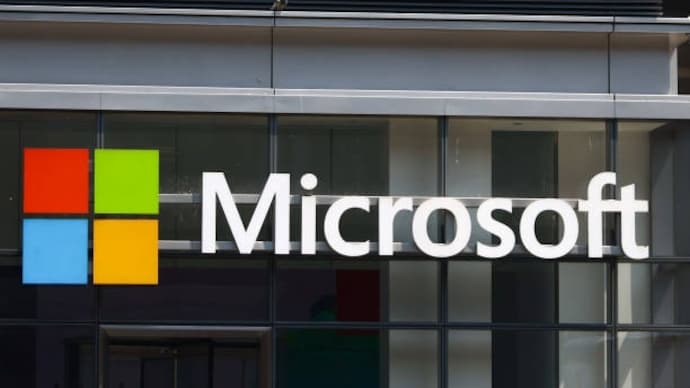Microsoft confirms that recent Microsoft Office outage was caused by a DDoS attack
Microsoft has confirmed that a DDoS attack was responsible for the recent Microsoft Office outage that affected multiple services globally.

Microsoft has confirmed that the recent outage that affected Microsoft 365 and Azure services on July 30, 2024, was caused by a distributed denial-of-service (DDoS) attack. According to reports, the nine-hour outage affected multiple services, including Microsoft Entra, Intune, Power BI, and Azure App Services. The incident began around 5:15 pm and lasted until around 1:13 am on Monday, causing widespread connectivity issues for users globally.
Following the attack, Microsoft’s Azure Front Door (AFD) and Azure Content Delivery Network (CDN) systems experienced a spike in traffic. Subsequently, system components failed to perform at expected levels, and resulted in intermittent errors, timeouts, and latency spikes. “While the initial triggering event was a Distributed Denial-of-Service (DDoS) attack that activated our DDoS protection mechanisms, initial investigation suggests that an error in the implementation of our defenses exacerbated the impact of the attack rather than mitigating it,” Microsoft said in an official note.
In response to this attack, Microsoft has made changes to network configuration and routed traffic to alternate paths to reduce the strain. The company has acknowledged that a DDoS attack was the root cause of the outage, but has not yet identified the specific threat actor responsible.
Notably, the incident is reminiscent of an earlier attack last year in June 2023, when the group Anonymous Sudan, also known as Storm-1359 and reportedly linked to Russia, targeted Microsoft’s Azure, Outlook, and OneDrive services.
Nevertheless, this long outage came shortly after one of the biggest tech outages we faced a few days ago when millions of Windows PCs were plunged into the Blue Screen of Death. This widespread problem affected Microsoft Windows 10 computers globally, causing disruptions to many individuals, businesses, and even critical infrastructure like airports. The root cause of the glitch was a bugged update from CrowdStrike that led to unexpected system shutdowns.
These Blue Screen of Death or BSOD errors are also known as STOP code errors or black screen errors, and occur when the Windows system encounters a serious problem that forces it to shut down or restart. These errors often display a message indicating that Windows has been shut down to prevent damage to the system. BSOD issues can occur for a variety of reasons, including hardware failures or software conflicts.
To address these errors, users should first consider removing any recently added hardware and trying to restart the system. If restarting is challenging, starting the computer in Safe Mode may help. Additionally, updating Windows with the latest patches, getting help from various resources, or restoring the system to a previous state are recommended steps to resolve the issue. However, the error that caused the CrowdStrike July 2024 outage was fixed using manual and automated techniques.





